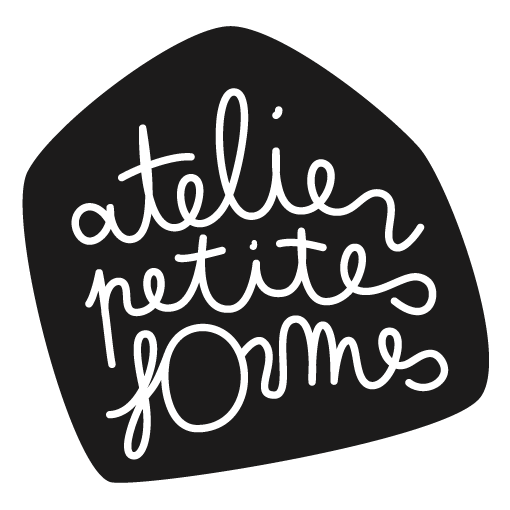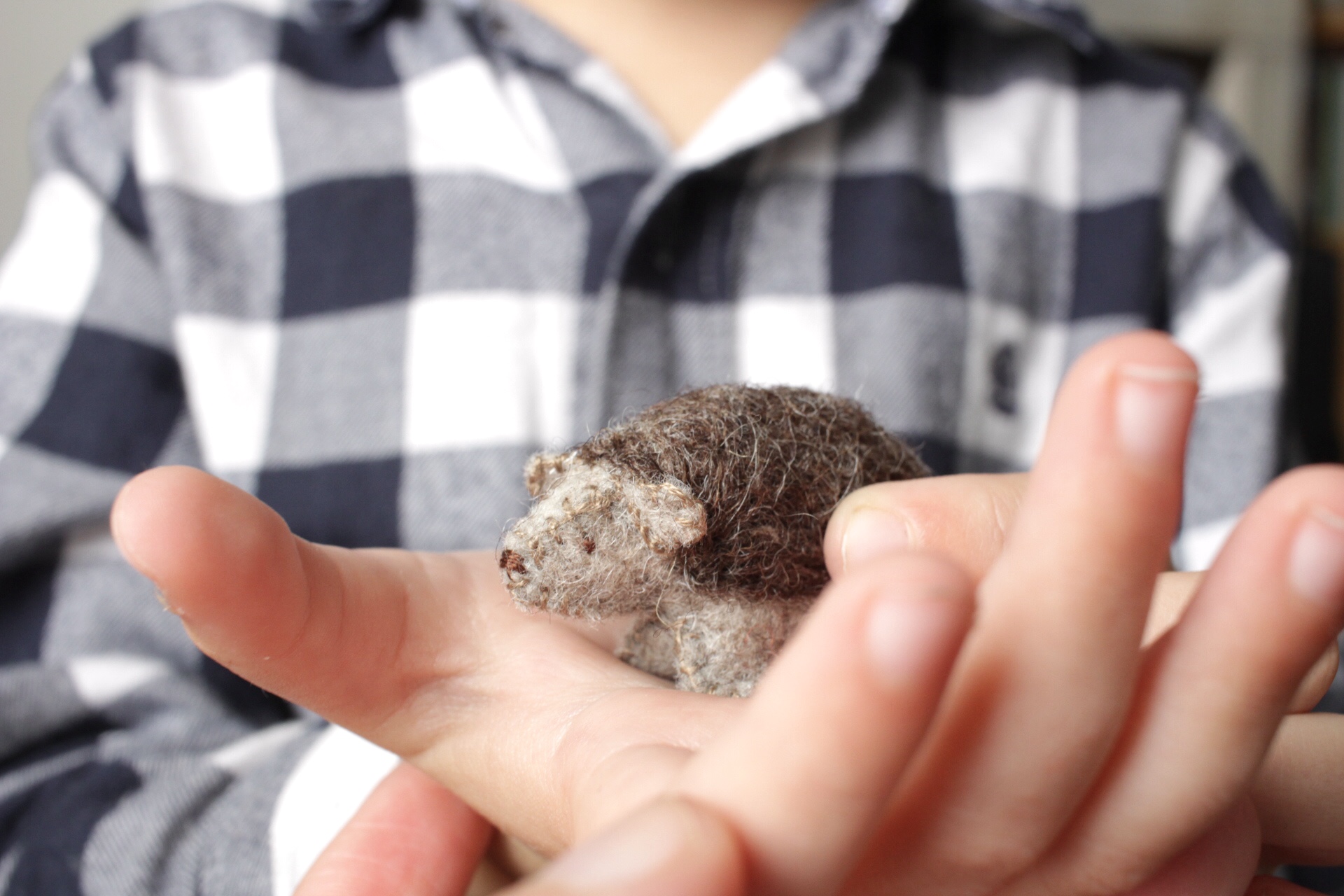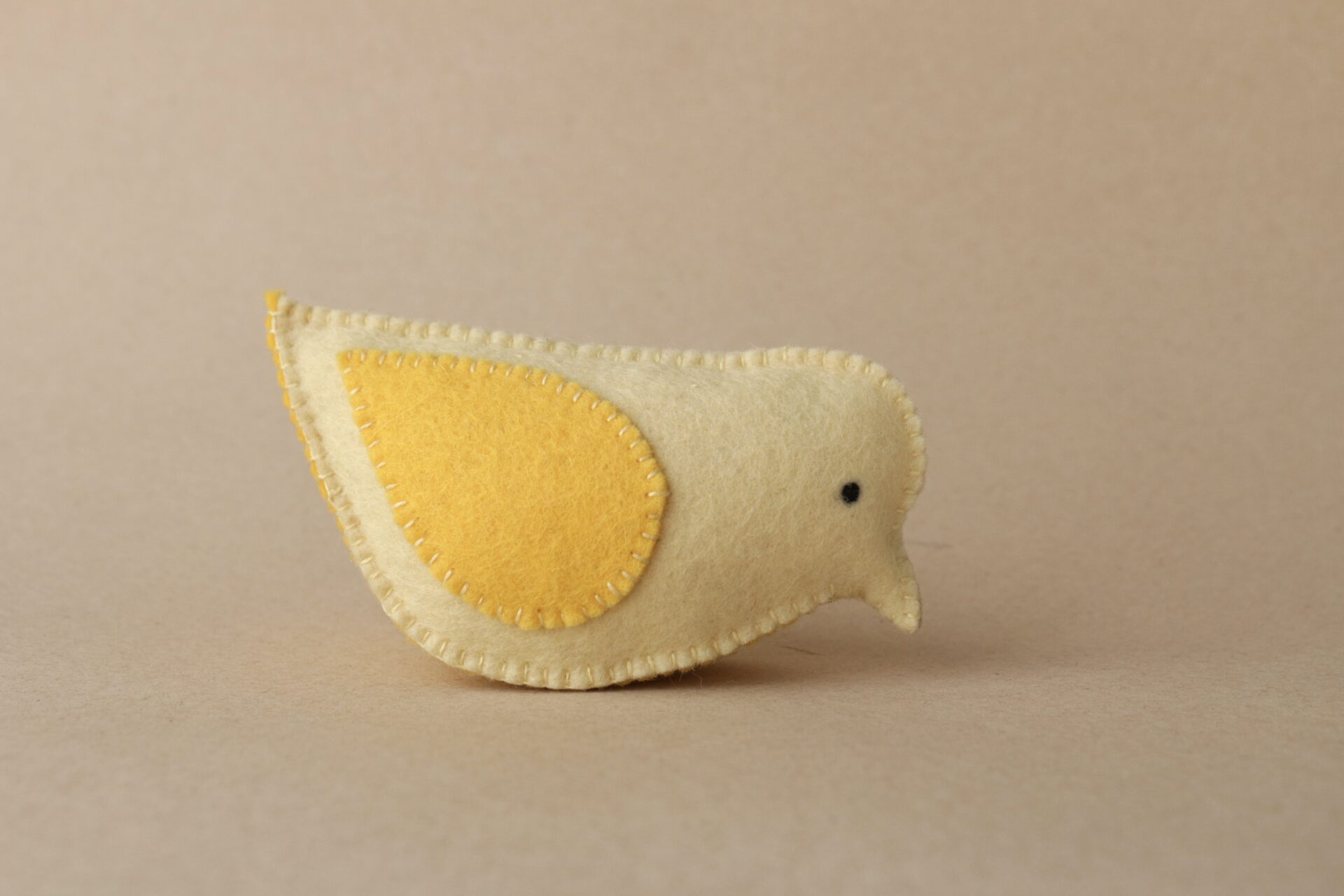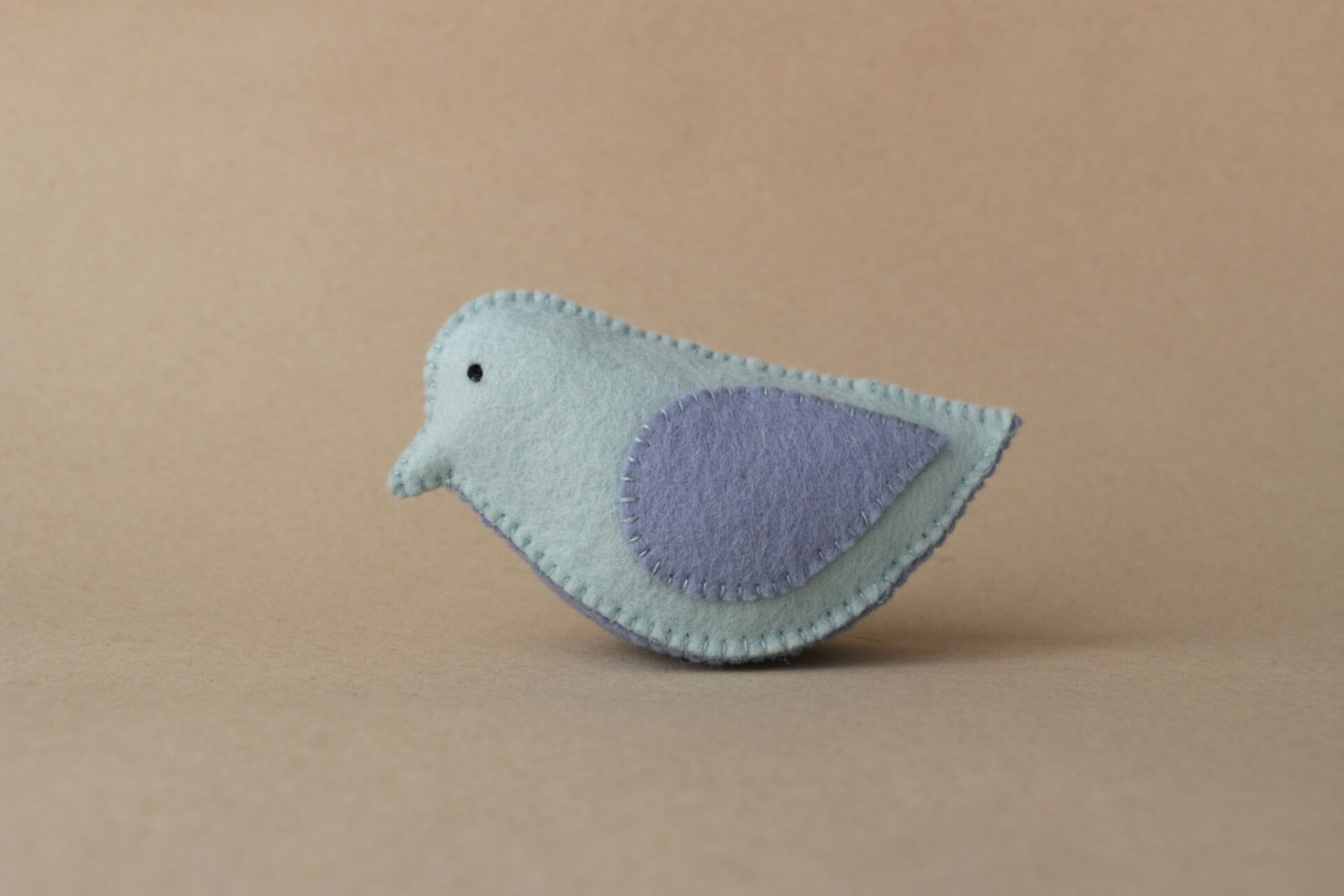A healthy, natural and sustainable cocoon for the newborn
Choosing to give well-made, good quality clothes, toys or childcare items to welcome and celebrate a new baby is a great idea.
If you add ecological, ethical and health safety values, it is already more difficult to make the right choices.
In this article I want to help you build a healthy cot for the birth.
Less is more
A newborn baby does not need any childcare items, before this market existed women and men had babies and they arrived without accessories. A baby needs milk, closeness, love...
I'm pushing an open door, but not so much if you look at the sales figures for childcare equipment.
Buy what makes you happy, of course, but be aware that your baby will want to be with you most of all, the rest is irrelevant.
Buy what you and your baby need to make the new life easier, smoother in the tumult of change.
Meet your baby before investing in certain items (cosy, bouncer, pram, etc.) and get a feel for what you need to make each one feel good.
Greenwashing
The big brands do what pleases them and make as much profit as possible. The state of the climate worries most people and they are looking to consume differently. Perhaps this is your case? Be careful not to fall into the trap of low prices with eye-catching marketing that is consistent with your values.
The materials used
Synthetic fibres have a lower production cost. This makes it possible to obtain a product at a lower price. For some brands, the choice of using a synthetic fibre rather than a natural fibre can be a selling point, a marketing advantage: for example "our padding is made of recycled polyester and is Oeko Tex 100 certified".
However, even recycled polyester, to remain in the example, is made up of a large percentage of pure polyester, even OekoTex 100 certified polyester is derived from petrochemicals and is therefore polluting when manufactured and polluting when recycled.
It is also a known endocrine disruptor. Polyester is used in everything (sofas, covers, clothes, cars...) and pollutes our living spaces.
Mixed materials
Organic cotton with 5%d'elasthane
Felt 20% wool and 80% viscose, rayon or even 100% polyester
Wool mixed with acrylic...
From my point of view it's a waste, we are wasting natural material with fibres that are not durable, they get damaged quickly, pilling, making plastic particles in the wash water... These mixed fibres make a finished product at a low cost but the life span of the product is much shorter.
The prices
If the brand offers a lot of items with low prices, interesting promotions... it is a possibility that the brand is very big, uses poor quality materials, does not respect the environment and the workers it employs.
If you buy from designers, you can make a truly ecological choice by buying local (which reduces the impact of transport) with sourced and sustainable materials (for your health and the climate), handmade and with love (which makes the object 100% fair trade).
The added bonus is that these objects designed and made by designers are often produced in small quantities, they are rare treasures and stand out from fashion and marketing pressure.
In conclusion,
Go for second hand and natural materials like wood, wool, silk, hemp. Be scrupulous and uncompromising, as there will always be items that are inevitably made of plastic 🙂 and they are very useful. Opt for a list of items that are essential to your needs, while adapting over time.
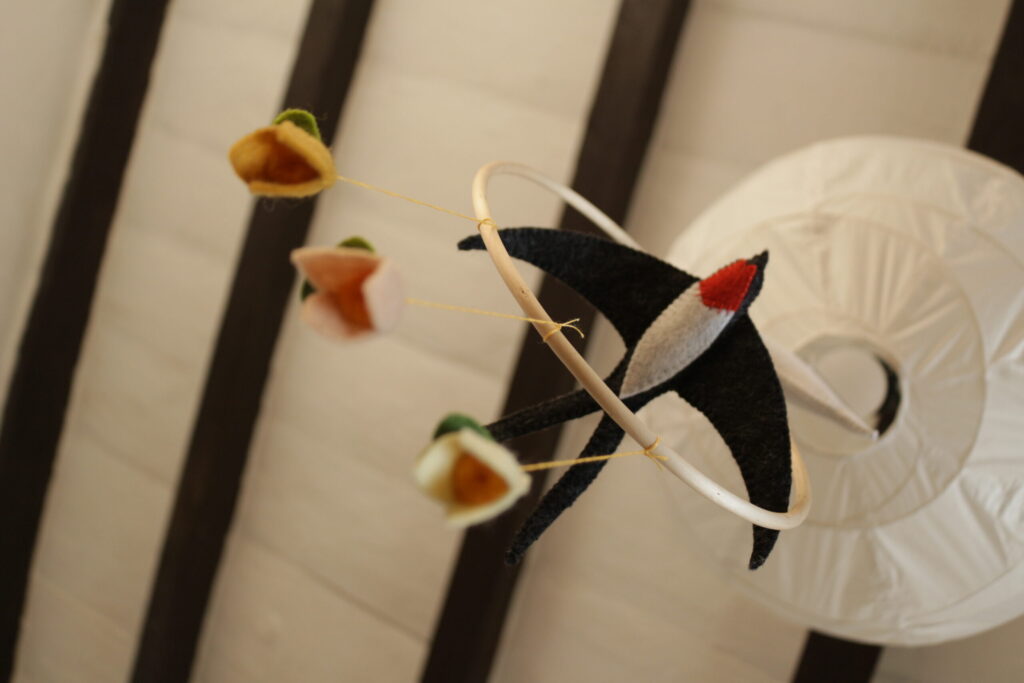
- A woollen mattress, either in a cot or in a bassinet next to it. Natural wool has an insulating quality, it will protect from heat and cold.
Due to its structure, wool regulates the moisture released by the body, providing excellent sleeping comfort in summer and winter with a healthy and comfortable warmth in your bed.
Wool is composed of keratin, a protein that makes up hair and nails, and is therefore a naturally healthy and anti-allergic fibre.
Interesting for newborns: wool is one of the weakest generators of static electricity and studies have shown that our heart rate is more regular in contact with wool than with synthetic textile fibres.
Because of its molecular structure, sheep's wool has the ability to neutralise harmful substances such as formaldehyde, so in the same way as certain plants, wool can purify the air in the home.
Here are my essentials for a beautiful, safe and eco-responsible cocoon
- One or two natural mulberry silk scarves. This light fabric is warm and regulating, it allows air to pass through the fabric, it maintains the natural moisture of the skin. It is as soft as your baby's skin. Covering your little one with this silk scarf for your skin-to-skin moments is ideal. Or in the summer when you fear a draft on your baby's bare skin during his nap.
Silk can be washed by hand with a little Marseille soap and dries very quickly. Choose a scarf made of natural silk with the Oeko Tex 100 label.
- A sling made of cotton, or bamboo viscose, with 5% of elastane. Yes, it is very easy to use, the baby is in an excellent physiological position. The other 100% cotton slings are fantastic, but in my opinion they require more effort to learn how to knot.
- A soft doll of House MargriteMaddlyne creates beautiful, healthy, natural and unique baby dolls with great passion and love, made from organic cotton jersey and stuffed with natural wool, and hand-dyed with natural dyes. Giving a little watchman that will stay with your child through all their ages is a true gift.
- A virgin wool felt ball from atelier petites formes.
The atelier petites formes balls are suitable for babies and children of all ages. Free and timeless toys, they will accompany their games and motor skills.
- A rattle of course! Its perfect shape to hold in a small hand will delight your baby's attentive ear.
Resources:
Everyday pollutants harmful to the brain development of young childrenLe Monde, 17 February 2022.
